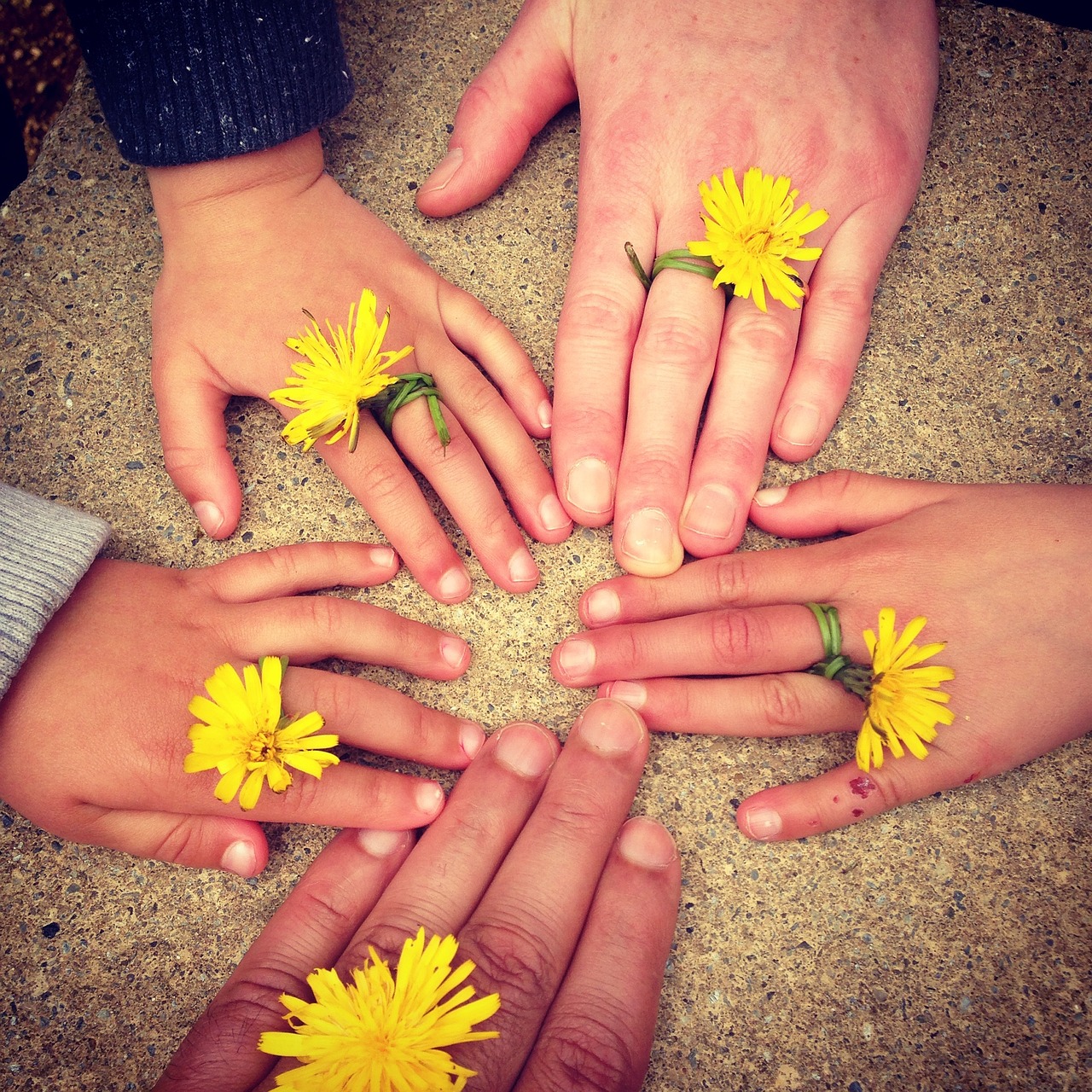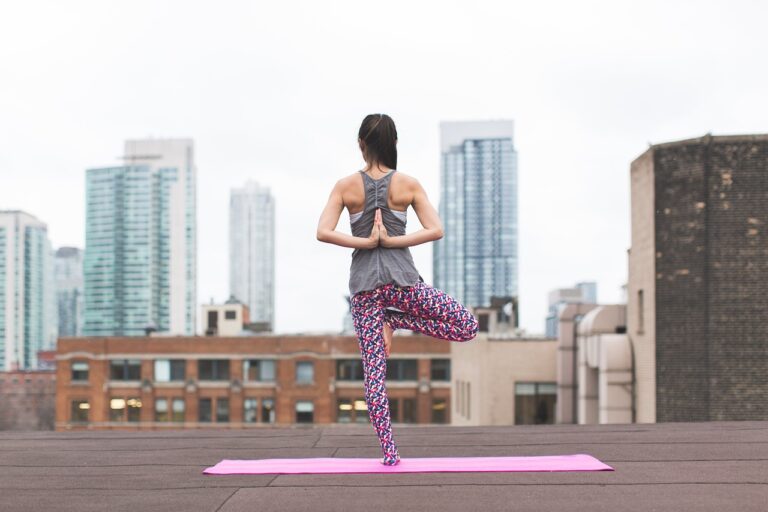Sustainable Home Renovation Ideas
When considering eco-friendly materials for home renovation, bamboo emerges as a popular choice due to its sustainable growth and durability. This renewable resource can be used for flooring, furniture, and even decorative accents, making it a versatile option for incorporating nature-friendly elements into your living space. Additionally, reclaimed wood provides a unique and rustic touch to any renovation project, as it adds character and history while reducing the demand for new timber.
Another eco-conscious material worth considering is recycled glass, which can be used for countertops, tiles, and even decorative objects. By giving new life to discarded glass, homeowners can reduce their environmental impact while adding a touch of color and texture to their renovation. Furthermore, choosing low-VOC paints and finishes can contribute to a healthier indoor air quality, ensuring that your home renovation not only looks great but also promotes a clean and sustainable living environment.
• Bamboo is a popular choice for home renovation due to its sustainable growth and durability
• Reclaimed wood adds character and history while reducing the demand for new timber
• Recycled glass can be used for countertops, tiles, and decorative objects
• Low-VOC paints and finishes contribute to healthier indoor air quality
Energy-Efficient Appliances and Fixtures
When renovating your home with sustainability in mind, opting for energy-efficient appliances and fixtures can significantly reduce your household’s energy consumption. Installing appliances that are ENERGY STAR certified ensures that they meet strict energy efficiency guidelines set by the Environmental Protection Agency. From refrigerators and washers to lighting fixtures and thermostats, there are a wide variety of energy-efficient options available on the market to suit your needs.
Choosing energy-efficient appliances not only reduces your carbon footprint but also helps lower your utility bills in the long run. By replacing old, inefficient appliances with newer models designed to conserve energy, you can enjoy the benefits of modern technology while contributing to a more sustainable environment. Additionally, incorporating energy-efficient fixtures such as LED lighting and low-flow faucets can further enhance the overall efficiency of your home, making it a greener and more cost-effective space to live in.
Water Conservation Strategies in Renovation
Choosing water-efficient fixtures and appliances can play a significant role in reducing water consumption within your home. Opting for low-flow toilets, showerheads, and faucets can help limit water wastage without compromising on functionality. Additionally, incorporating a greywater recycling system can further enhance your water conservation efforts by reusing water from sources like laundry and dishwashing for non-potable purposes.
Another effective strategy for conserving water during a renovation is to address leaks and repair any plumbing issues promptly. Even minor leaks can lead to substantial water loss over time, so conducting a thorough inspection of your plumbing system can help identify and rectify such issues. By ensuring that your home’s plumbing is in good condition, you can prevent unnecessary water wastage and contribute to a more sustainable household.
What are some eco-friendly materials that can be used in home renovation to promote water conservation?
Some eco-friendly materials that can help conserve water in home renovation include low-flow toilets, water-saving faucets, and sustainable landscaping materials.
How can energy-efficient appliances and fixtures contribute to water conservation in a renovation project?
Energy-efficient appliances and fixtures can help reduce water usage by using less water during operation, such as dishwashers with sensor technology that optimize water usage based on the load size.
What are some water conservation strategies that can be implemented during a renovation project?
Some water conservation strategies to consider during a renovation project include installing rainwater harvesting systems, fixing leaky pipes and faucets, and using water-efficient irrigation systems for landscaping.







